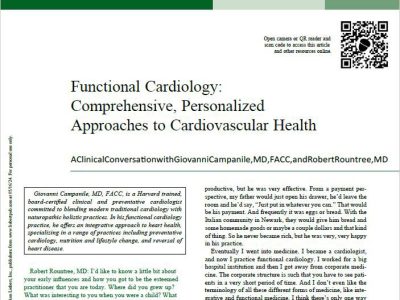The heart, for all its rhythmic predictability, still holds mysteries. Advanced imaging and artificial intelligence (AI) are working together to decode these mysteries, uncovering details and predicting risks that were once invisible. With these tools, cardiologists can dive into the heart’s depths, gaining a level of insight that shifts treatment from reactive to proactive. This is heart health like never before.
Seeing More with Advanced Imaging
The basics of cardiac imaging have served us well. But traditional methods like X-rays or standard scans don’t capture everything. To see the finer details, cardiologists now turn to coronary computed tomography angiography, or CCTA. Think of it as an ultra-clear snapshot of your heart’s arteries—without the need for invasive procedures.
- Precision Beyond Blockages:
CCTA goes further than spotting blockages. It identifies the composition of plaque. This matters. Stable, calcified plaque is often less risky than soft, inflamed plaque, which poses a higher threat of rupture.
- Non-Invasive Technology:
No tubes or catheters. No major procedures. Just a precise, in-depth scan. For those wary of invasive tests, CCTA offers a safer alternative, providing rich data without the need for intrusive tools.
Insights Beyond the Human Eye
This is where the magic happens. AI takes those high-definition images from CCTA and sifts through details at a granular level. With its advanced pattern recognition, AI catches subtleties doctors may miss, leading to insights that can change a patient’s treatment plan.
- Risk Prediction Like Never Before:
AI can assess cardiovascular risk with astonishing accuracy, picking up faint signs of potential problems such as atrial fibrillation or coronary disease. It doesn’t just see what’s there; it predicts what could happen. That’s transformative.
- Breaking Down Plaque Characteristics:
Using algorithms, AI analyzes plaque density, stability, and inflammation. This means doctors can understand not only the existence of plaque but also its behavior—will it stay put or cause trouble? This predictive approach shifts the focus to preventing problems, not just reacting to them.
Why It Matters – From Reactive to Proactive Heart Care
Advanced imaging and AI are rewriting the rules of heart health. By spotting potential issues early, they give patients a chance to make changes before conditions worsen. This isn’t about just checking for problems. It’s about anticipating them and crafting a prevention-first approach.
Predictive Power in Action:
- Some plaque is sneaky. It’s small, subtle, and easy to overlook. But with AI, cardiologists can find these silent threats and flag them for follow-up.
- AI opens doors to personalized care. If a patient’s plaque is inflamed and at risk of rupture, doctors might recommend more aggressive intervention.
AI and Doctors – A Collaborative Effort
AI is not a replacement for expertise. It’s a tool, a sophisticated ally for cardiologists, enhancing their ability to interpret complex data. This partnership allows doctors to make decisions with unprecedented precision, taking cardiac care to new heights.
A Clearer Future for Heart Health
Advanced imaging and AI don’t just add another layer to cardiac care—they peel back layers of mystery, letting us see and understand the heart in ways once unimaginable. The heart’s mysteries are becoming clearer, giving patients the advantage of the knowledge and the power to protect their most vital organ.


